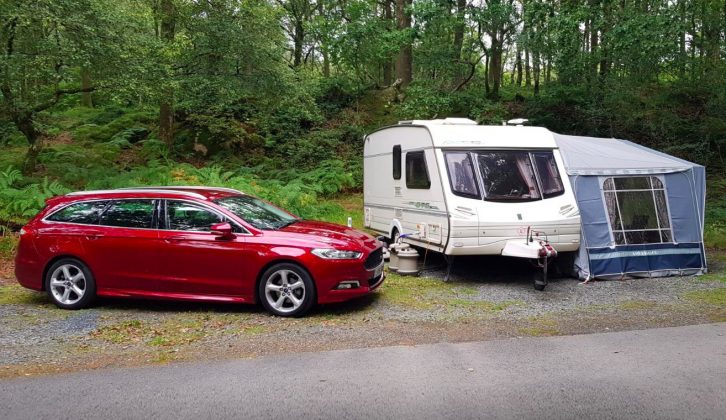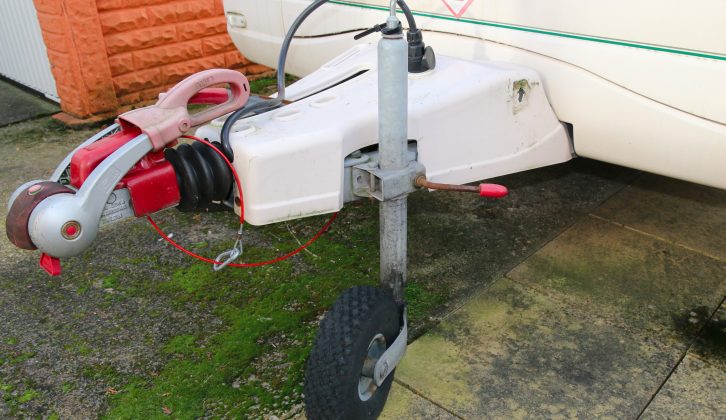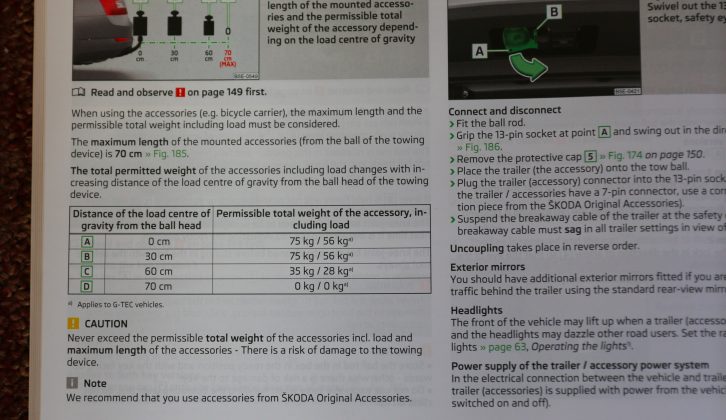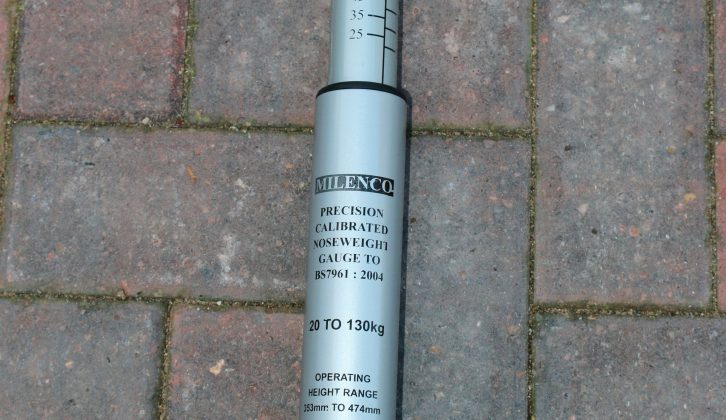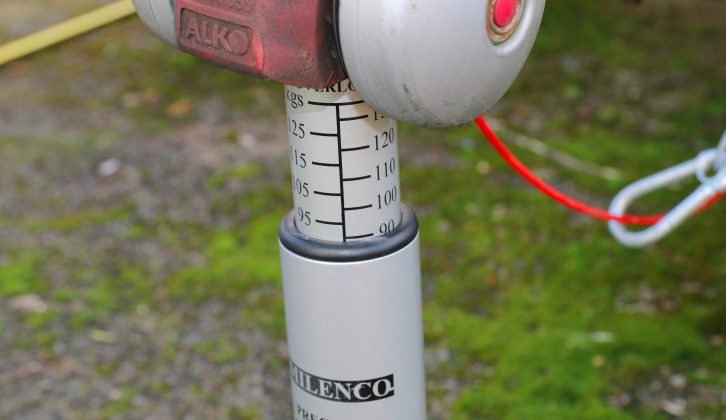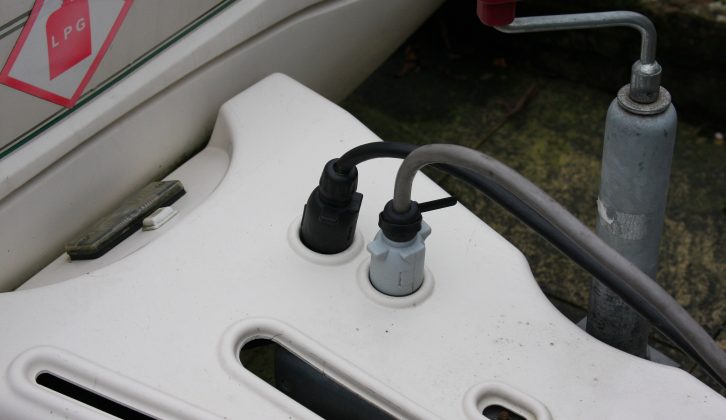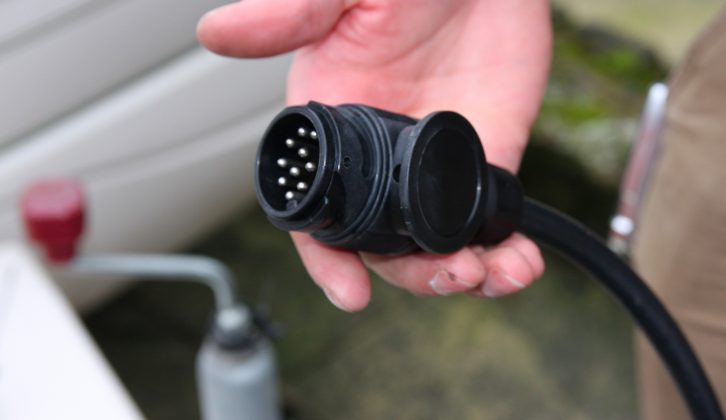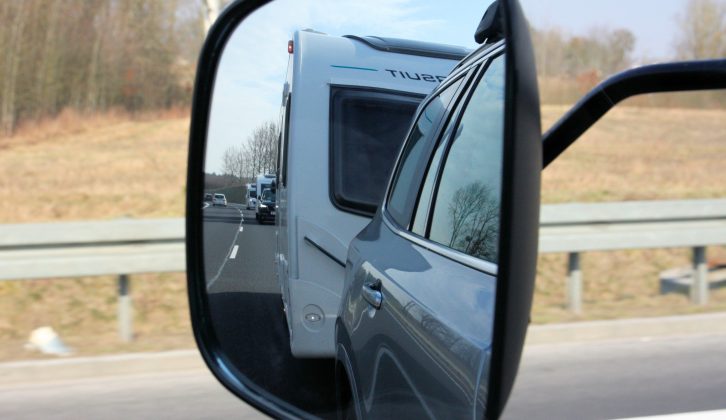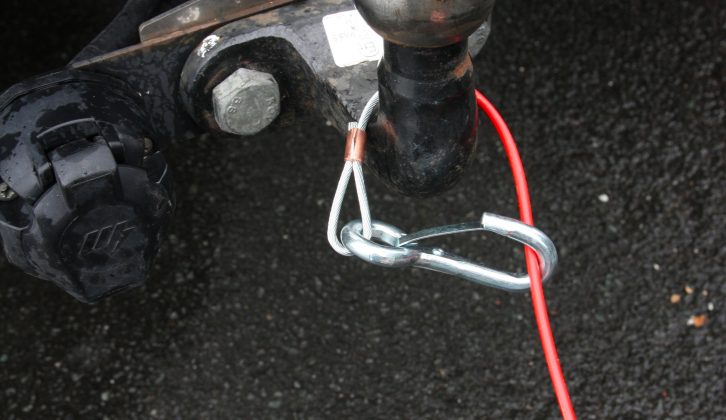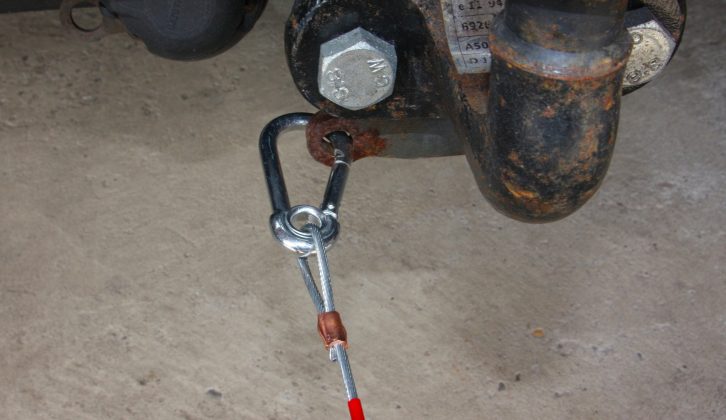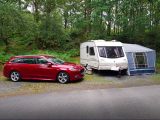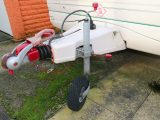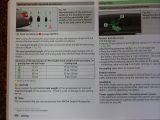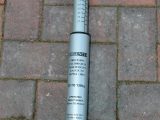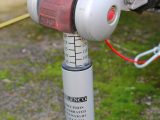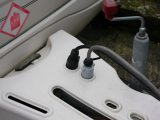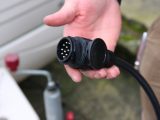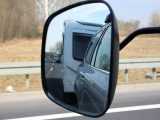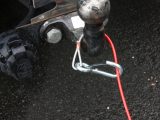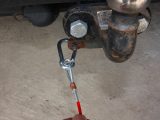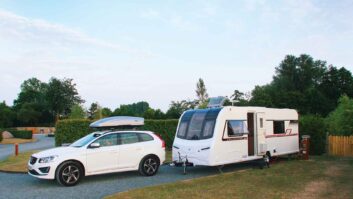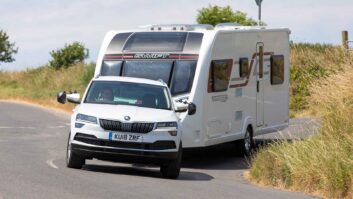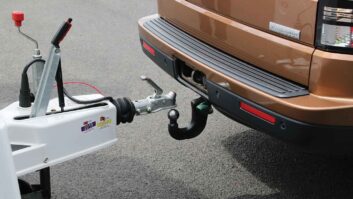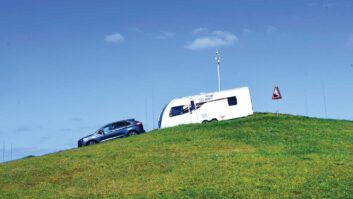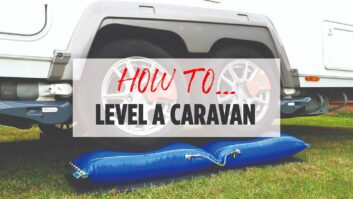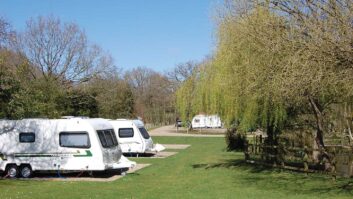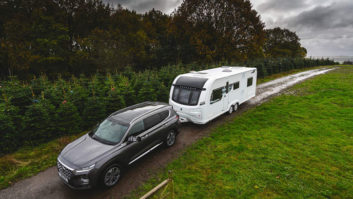Entering the world of caravanning provides you with the freedom to set off and explore whenever you want. However, when you’re a newcomer to touring, there can be a lot to learn. That’s where our beginner’s guide to caravanning comes in, as we talk you through the various things you should be aware of, from the accessories to pack to how to hitch your tourer.
Start with the tow car
Before you think about buying a caravan, you need to know what your requirements will be for the best tow car – and no, it won’t necessarily be an SUV.
Of course, common sense will tell you that a city car isn’t going to be capable of safely towing a big twin-axle caravan, but if you have a reasonably sized family car, what will it comfortably tow?
There’s a lot to consider here, so check out our guide to how to choose the perfect tow car, where David Motton offers his top tips.
For a beginner, both of the UK’s big caravanning clubs (The Camping and Caravanning Club and the Caravan and Motorhome Club) recommend that the maximum weight of the caravan should not exceed 85% of the car’s kerbside weight.
Unless the car’s towing limit is less than the 85%, you can pretty much forget that. I’ve lost count of the number of times that I’ve heard a car’s towing limit quoted (which in many cases is heavier than the fully laden car!) or someone at a caravan dealership saying, “the car dealer says that my car will tow two tonnes”.
It may do, but that figure is derived from the testing that manufacturers carry out to evaluate the structural and mechanical durability of any vehicle, not what might be safe or sensible to tow on the road.
Good caravan dealers are switched on to this, and I have known one to refuse a sale to someone who was arguing that point.
Buying a caravan
There are many different types of caravans on the market, all providing their own pros and cons, as well as a variety of different shapes, sizes and weights. So, when you’re new to touring, how do you choose the best caravan?
The good news is you don’t necessarily have to spend a fortune. While one of the latest releases on the market may be a tempting prospect, it will also be expensive. Opting for one of the best used caravans can still provide you with plenty of the comforts that a new one would offer but at a more budget-friendly price.
Apart from anything else, you never know – you may decide caravanning isn’t for you, or else you love it and would like to upgrade, perhaps to a luxury caravan.
That’s why we’d recommend starting at the more affordable end of the market – that way, you’ll be more likely to get most of your money back.
Picking the right model is the hard part though. You’re going to want a caravan layout that works for everyone, as well as a tourer that your car can safely and legally tow.
As a starting point for choosing the right caravan, how many of you will be touring together? If there are four of you, you’re going to need four berths (beds), for instance.
If you have two teenagers, two double beds are not going to be a popular option, but at the same time, many bunk beds not only have weight restrictions but are meant for young children.
Don’t go down the route of buying a two-berth and thinking that using one of the best caravan awnings will provide the extra bedroom either. It might do, but if you’re arriving at your campsite after a delayed journey and with the rain coming down sideways, putting up an awning will most likely be one of the last things you’d want to do.
Visit a few dealerships and have a look around their ‘used’ section to get an idea of what’s available. Get in the vans, think how you would live in that space to see if that floorplan will suit you.
Scour private adverts, too, as well as Practical Caravan’s used caravans for sale pages.
When you think that you’ve found the right caravan for you, take an experienced caravanning friend with you to have a look and to give you a second opinion as you’ll no doubt be in holiday mode with the rose-coloured glasses on. We’ve all been there.
What caravan accessories do I need to buy?
There are different types of products here – you get the essential caravan accessories that are definitely worth taking on tour with you and also luxury caravan accessories that can elevate your touring experience but aren’t a requirement for an enjoyable stay.
Sometimes, if you’re lucky, you may find the seller includes the majority of the equipment you need, especially if it’s a private sale.
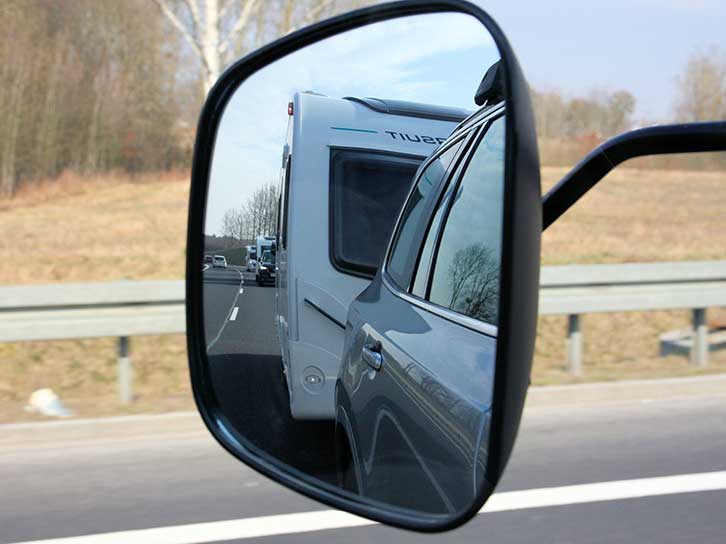
Dealers often supply a ‘starter kit’, too, which will have some of the essentials. However, you’ll probably need most of the following accessories for comfortable touring:
- Towing mirrors – if your car’s body (excluding the mirrors) is narrower than the caravan, you will not have the legally required ‘adequate’ view along the side of the caravan – our best towing mirrors guide will help you choose the right pair.
- Number plate to attach to the rear of the caravan.
- A spare wheel for the caravan – be sure there is one.
- 12V leisure battery – the best caravan leisure battery will allow you to keep your lower voltage gadgets powered up on tour.
- Mains hook-up lead.
- Step.
- A gas cylinder (at least one) and associated connectors – seek advice from the dealership or a knowledgeable friend on this.
- Fresh water container (the type that roll are best as you might be sited quite a way from the nearest tap).
- Fresh water pump/pipe to connect the supply to the caravan.
- Waste water container (one with wheels).
- Waste water pipe(s).
- Corner steady winder.
- Levelling ramps – these will help you with levelling a caravan.
- Wooden blocks to place under the corner steadies in case you’re on soft ground, or sited on a slope and the steadies don’t quite reach the ground.
- Toilet fluids.
- Noseweight gauge (to ensure that you’re not overloading the hitch/tow bar).
- Bedding.
- Crockery, cutlery, pots and pans (but be mindful of excess weight!).
- Wheel and hitch lock (often an insurance requirement).
- Spirit level.
Your first caravan holiday
Whatever you do, don’t be too ambitious on your first trip.
Towing takes some getting used to and at first can be quite tiring, so restrict yourself to a drive about an hour from home – it also means you don’t have far to come back if something goes wrong.
If possible, before you venture out, familiarise yourself with the caravan’s various systems. Most things are explained in the handbook, but if not, do a search online. Don’t rely on luck when you arrive on-site in the dark!
When you’re ready to choose a location, our guide to the best caravan sites is sure to help you find the ideal destination to head to.
How to hitch and unhitch your caravan
We’ll begin with unhitching because when you collect your caravan you’re likely to have had help with the hitching, but now you’re on your own.
The main thing to remember is the breakaway cable, which is the red plastic covered cable that’s attached to the car.
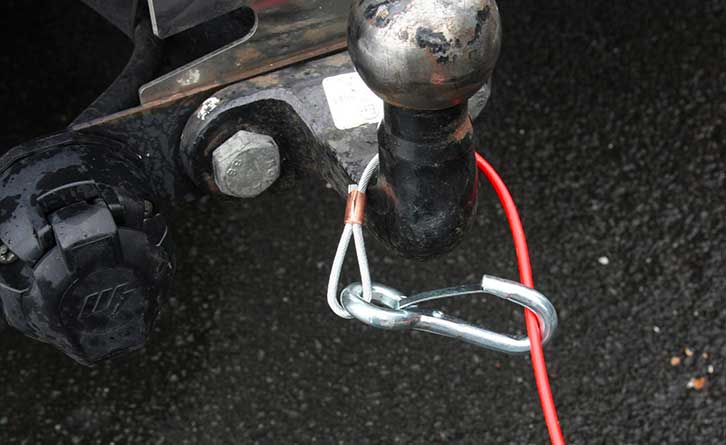
When hitching, this should be the first thing that’s attached and, when unhitching, the last thing to be detached. It’s a safety device, after all. So, what’s next when unhitching?
- Apply the caravan handbrake.
- Disconnect the electrics. If it’s a 13-pin connection, twist the plug through 90 degrees anti-clockwise and it should come out.
- Release the jockey-wheel clamp and lower the jockey wheel until it’s a few inches from the ground, then unwind it so that the wheel is on the ground. If you simply lower it to the ground, the wheel will not pivot as the arms will remain in the locating slots, plus you might need the leeway if you’re parked on a slope so that you can get the caravan level.
- If you have a hitch stabiliser fitted, lift the handle as vertically as it will go.
- Then, whilst raising the hitch handle as high as it will go, wind the jockey wheel until the hitch detaches from the car’s tow ball.
- Finally, detach the breakaway cable.
Hitching up a caravan is basically a reversal of the above. When attaching the caravan to the car, raise the hitch handle, and it should remain up until the hitch is lowered onto the tow ball of the car, when it will click down.
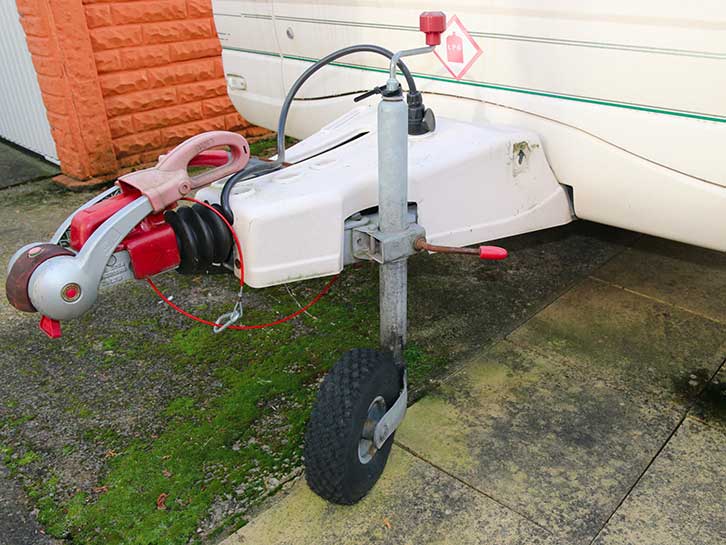
With this done, wind the jockey wheel back up so that the caravan hitch lifts the back of the car. If it does, you know that it’s been coupled properly.
You’ll need an assistant to check the caravan road lights for you, and then to help you set up the towing mirrors correctly. For the latter, you need the outfit to be straight.
Just the beginning…
There are so many things that we haven’t been able to cover in the space available here, this is just a brief introduction. And remember, caravanners are generally friendly folk so if you have any questions, don’t be afraid to ask.
You can also find plenty of advice on our website, ranging from caravan towing tips to guidance on how to reverse a caravan.
We’ve all had to start somewhere and there’s no such thing as a stupid question. Above all, take your time and enjoy your new freedom.
Oh, and one last piece of advice – remember to wind the corner steadies up before you tow!
And if you have any more questions, you can always head to our friendly forum.
Happy touring!
If you’ve enjoyed reading this article, why not get the latest news, reviews and features delivered direct to your door or inbox every month. Take advantage of our brilliant Practical Caravan magazine SUBSCRIBERS’ OFFER and SIGN UP TO OUR NEWSLETTER for regular weekly updates on all things caravan related.
Before you venture out, familiarise yourself with the caravan’s systems
